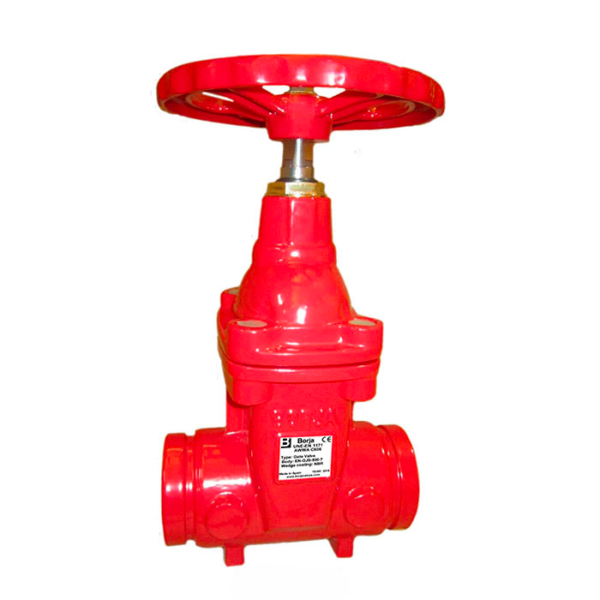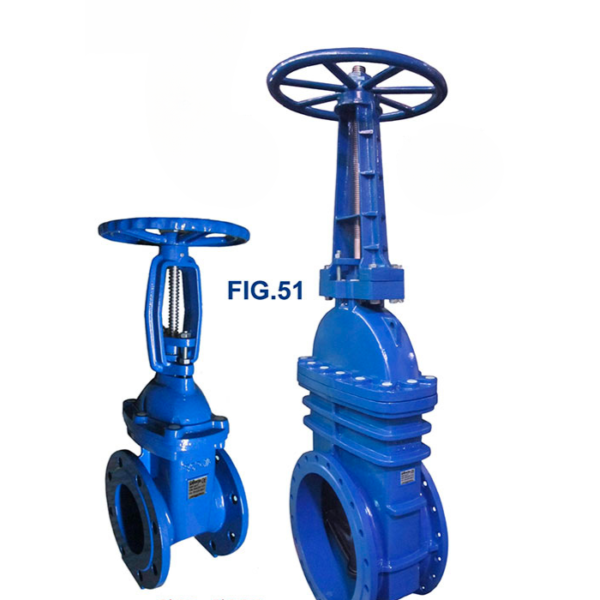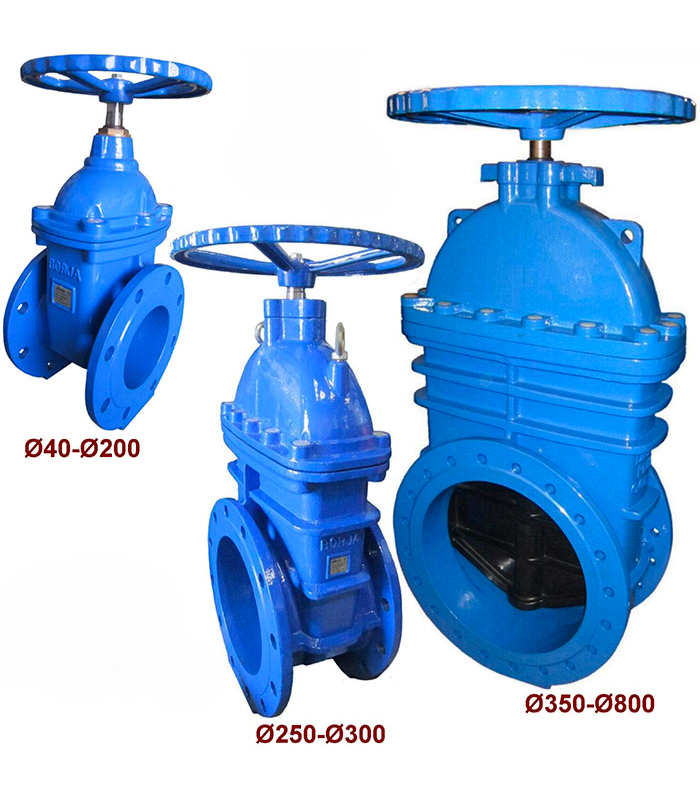Configuration options
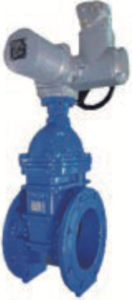 |
NBR/EPDM resilient seated gate valve with Three Phase Electric Actuator. |
 |
NBR/EPDM resilient seated gate valve with Manual Reducer. |
 |
NBR/EPDM resilient seated gate valve with Position Indicator. |
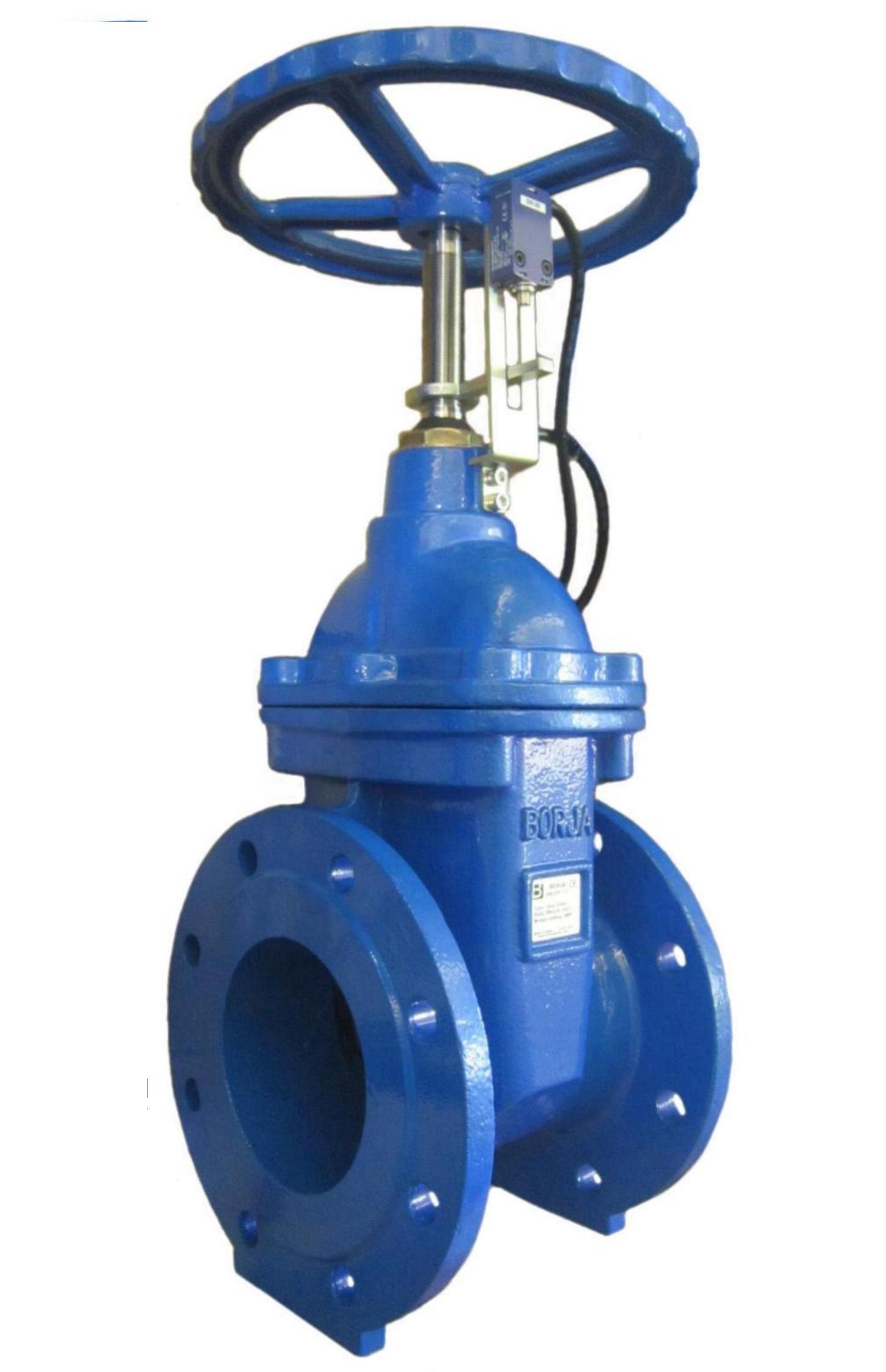 |
NBR/EPDM resilient seated gate valve with lever and 1 limit switch open position. |
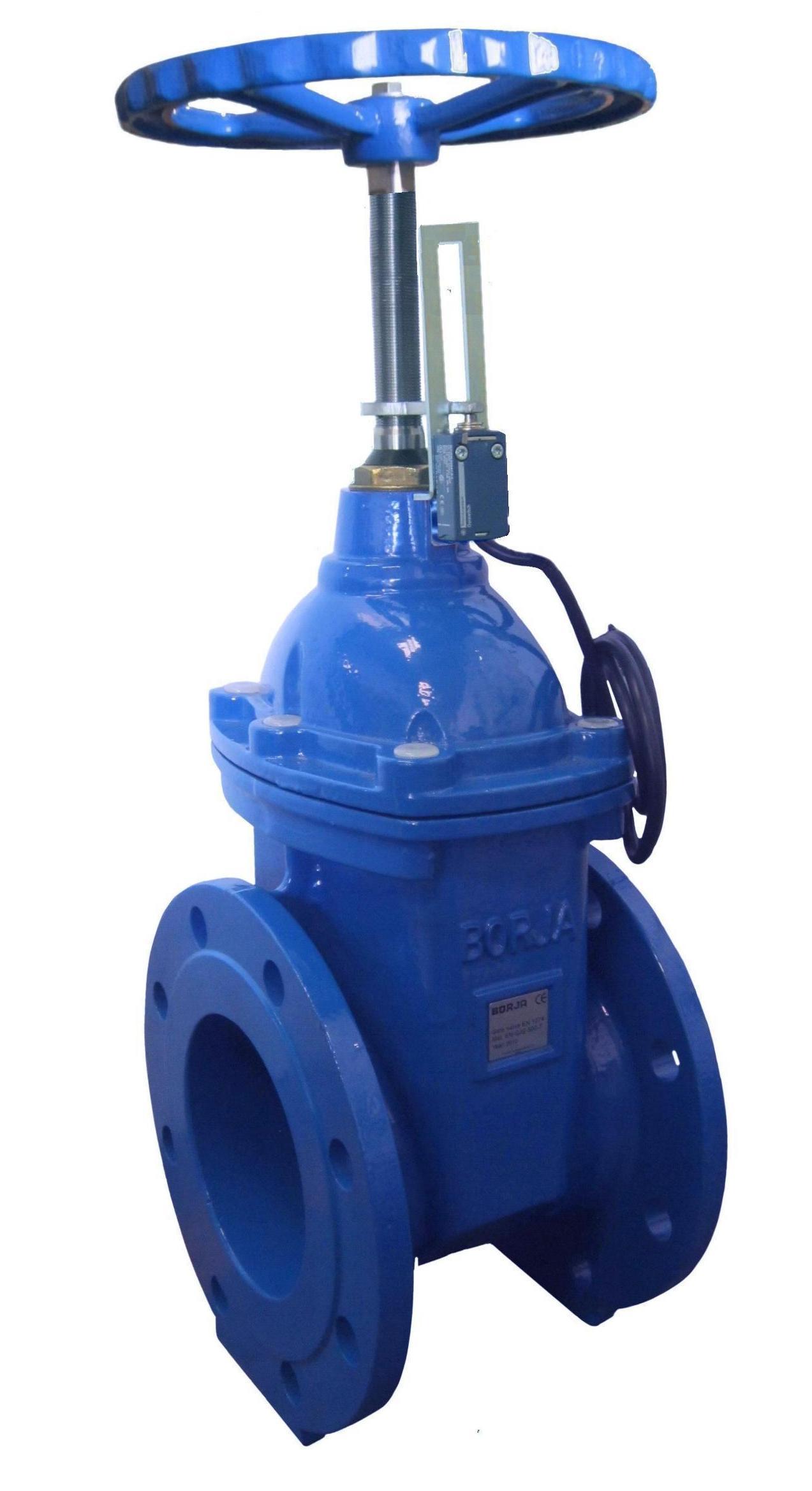 |
NBR/EPDM resilient seated gate valve with lever and 1 limit switch closed position. |
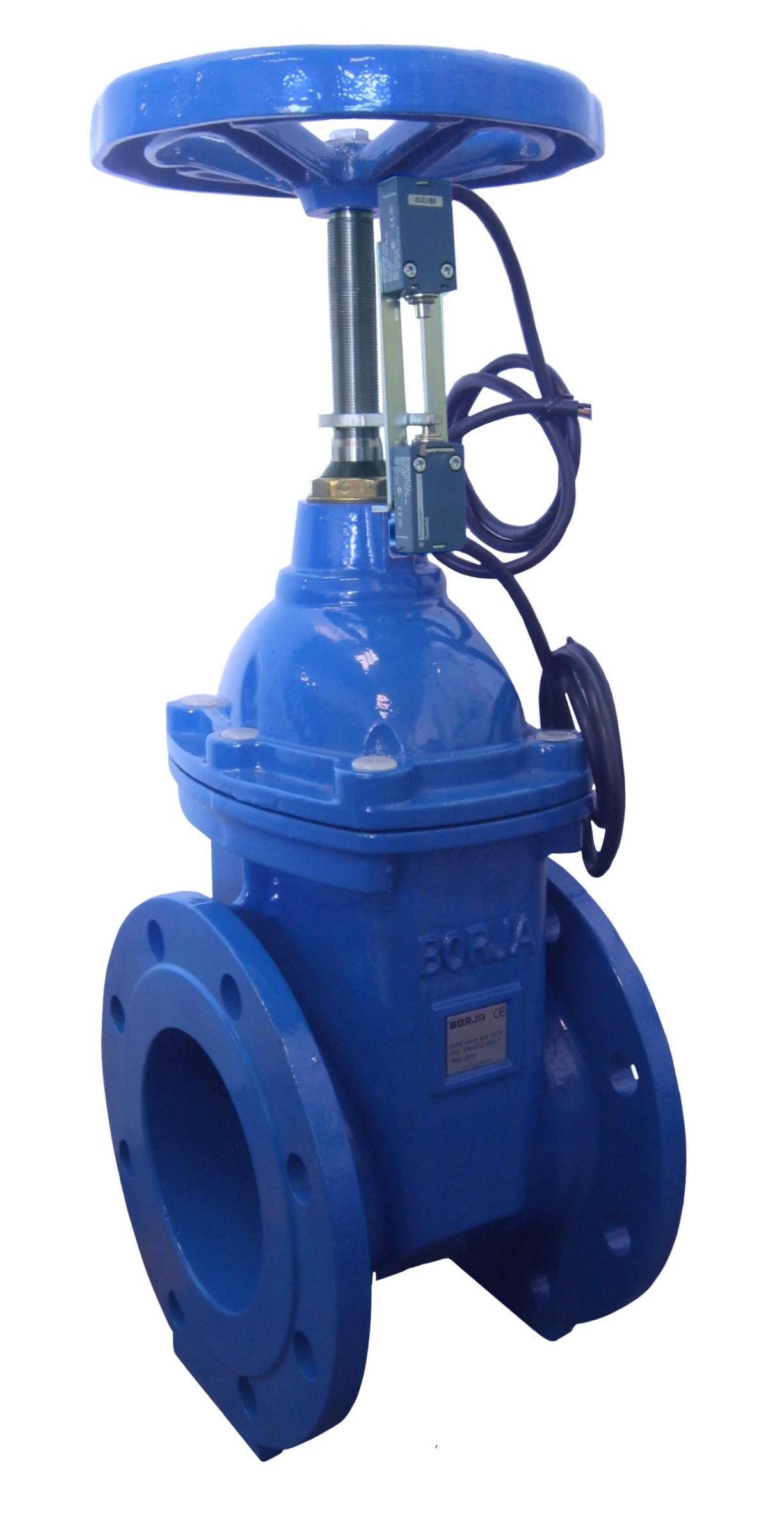 |
NBR/EPDM resilient seated gate valve with 2 limit switches. |
 |
NBR/EPDM resilient seated gate valve with Double acting Pneumatic Actuator. |
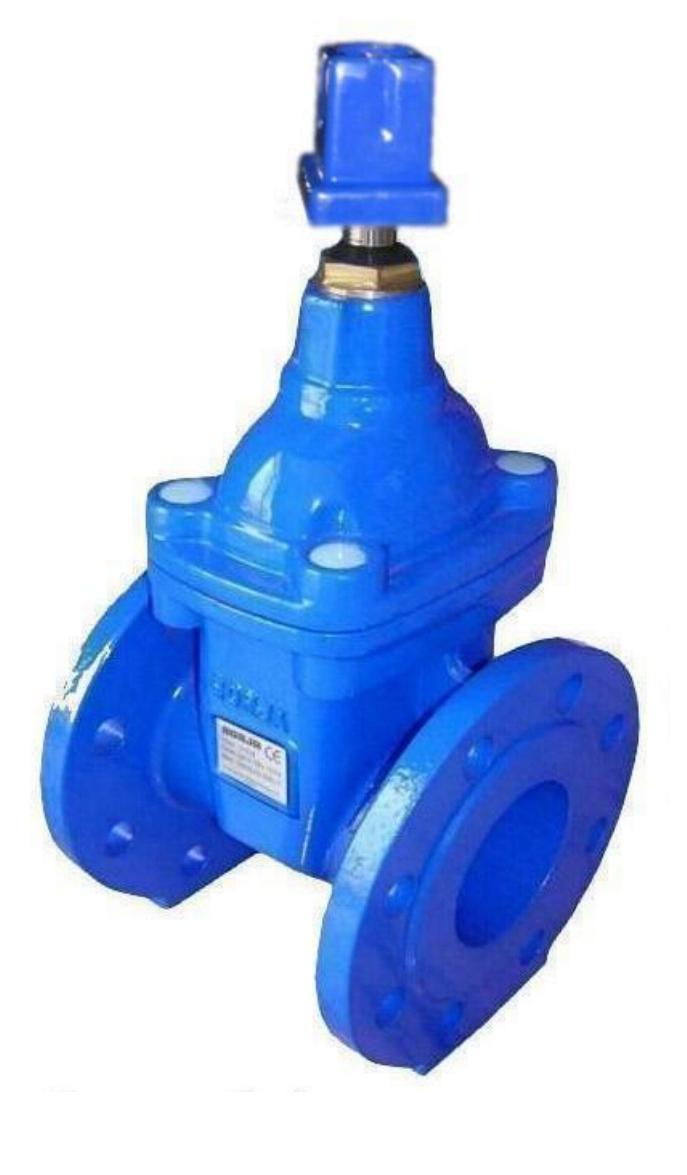 |
NBR/EPDM resilient seated gate valve with square cap. |








